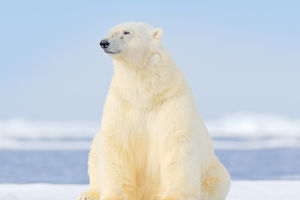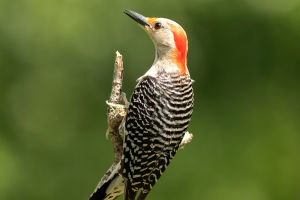Lions, known as "the kings of the jungle," are one of the most iconic animals in the world. We may often hear about their fierce presence in popular culture, but have we ever truly explored what makes these magnificent creatures stand out?
From their hunting strategies to their role in the ecosystem, lions hold a special place in both nature and human imagination. So, let’s dive in and uncover the fascinating world of lions!
Physical Characteristics: A Closer Look at the Lion’s Power
Lions are truly remarkable in their physical appearance. They are large, strong, and muscular, with a body that is typically a golden yellow color. Their most striking feature is the mane of the male lion, which surrounds the neck and face. This mane, dark and thick, serves as a visual sign of the lion’s strength and maturity.
Male lions typically weigh between 160 and 200 kg, with some exceeding 270 kg. Females are generally smaller, ranging from 110 to 150 kg. What sets lions apart from other big cats is their social structure, as they are the only members of the cat family that live in groups known as prides.
Habitat: Where Lions Roam
Lions are primarily found in Africa, with the exception of a small population in India’s Gir National Park. Their habitat spans across grasslands, savannas, and semi-desert areas. We often see lions in vast open spaces, where they can roam freely, hunting for food. Lions are not confined to a single type of environment, but prefer regions where they can move and hunt with ease. These regions provide them with the right amount of cover and open space to thrive.
Diet and Hunting: The Lion’s Dominance in the Food Chain
Lions are carnivorous predators and are well at the top of the food chain in their habitats. They primarily hunt large ungulates like zebras, buffaloes, and antelopes. Hunting for lions is not a solitary affair, as they rely on teamwork within their prides to successfully capture their prey. Female lions are generally the hunters, while males protect the pride’s territory.
Their hunting tactics are a testament to their intelligence, as they use the environment and each other to their advantage. We can imagine how their strategic coordination makes them one of the most effective predators in the animal kingdom.
Social Structure: Life Within the Pride
Lions are unique among big cats because they are social animals. A pride typically consists of related females, their offspring, and a small number of adult males. This social structure allows them to cooperate in hunting, defending their territory, and raising their young. Female lions tend to do most of the hunting, while the males defend the pride from external threats.
This teamwork is what keeps the pride strong and ensures their survival in the wild. Lions within a pride communicate with each other through roars, body language, and scent marking. The roar of a lion can be heard from miles away and is used to communicate territory boundaries, warn off rivals, or call members of the pride together.
Conservation: Protecting the Lion’s Future
While lions have long been a symbol of strength and power, they face significant challenges in the wild today. Habitat loss, poaching, and human-wildlife conflict have led to a decline in their populations. We are at a critical point where conservation efforts are crucial to prevent further loss of these magnificent animals.
The lion’s range is shrinking, and they are now only found in parts of sub-Saharan Africa and India. Conservation programs, such as those at Gir National Park, are working to protect lions and their habitats. Efforts include anti-poaching measures, habitat restoration, and increasing awareness about the importance of preserving these apex predators.
How We Can Help Lions Thrive
Lions are more than just powerful predators; they are essential to the balance of their ecosystems. By controlling herbivore populations, they help maintain the health of plant life, creating a stable environment for all species. As we become more aware of their critical role in nature, it is up to us to contribute to their conservation. Protecting lions ensures that future generations will continue to be inspired by their majestic presence.
So, Lykkers, let’s take action! Together, we can support the efforts to protect lions and help preserve their rightful place in the wild.


